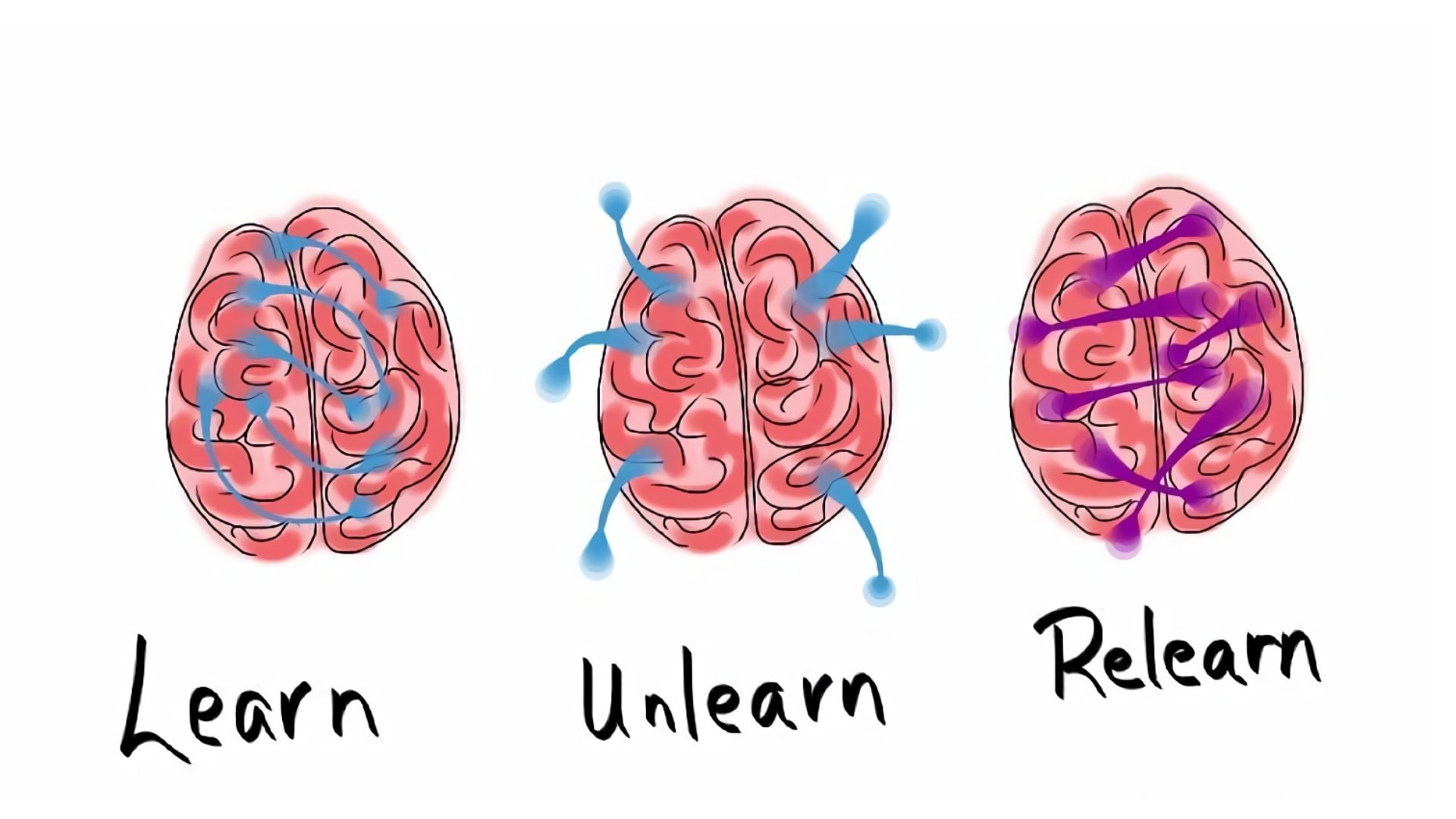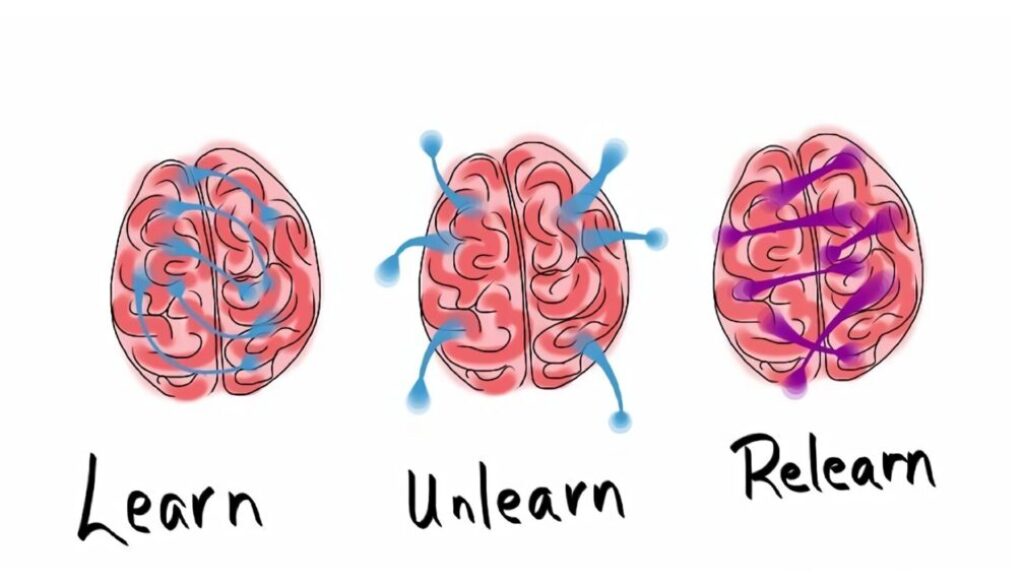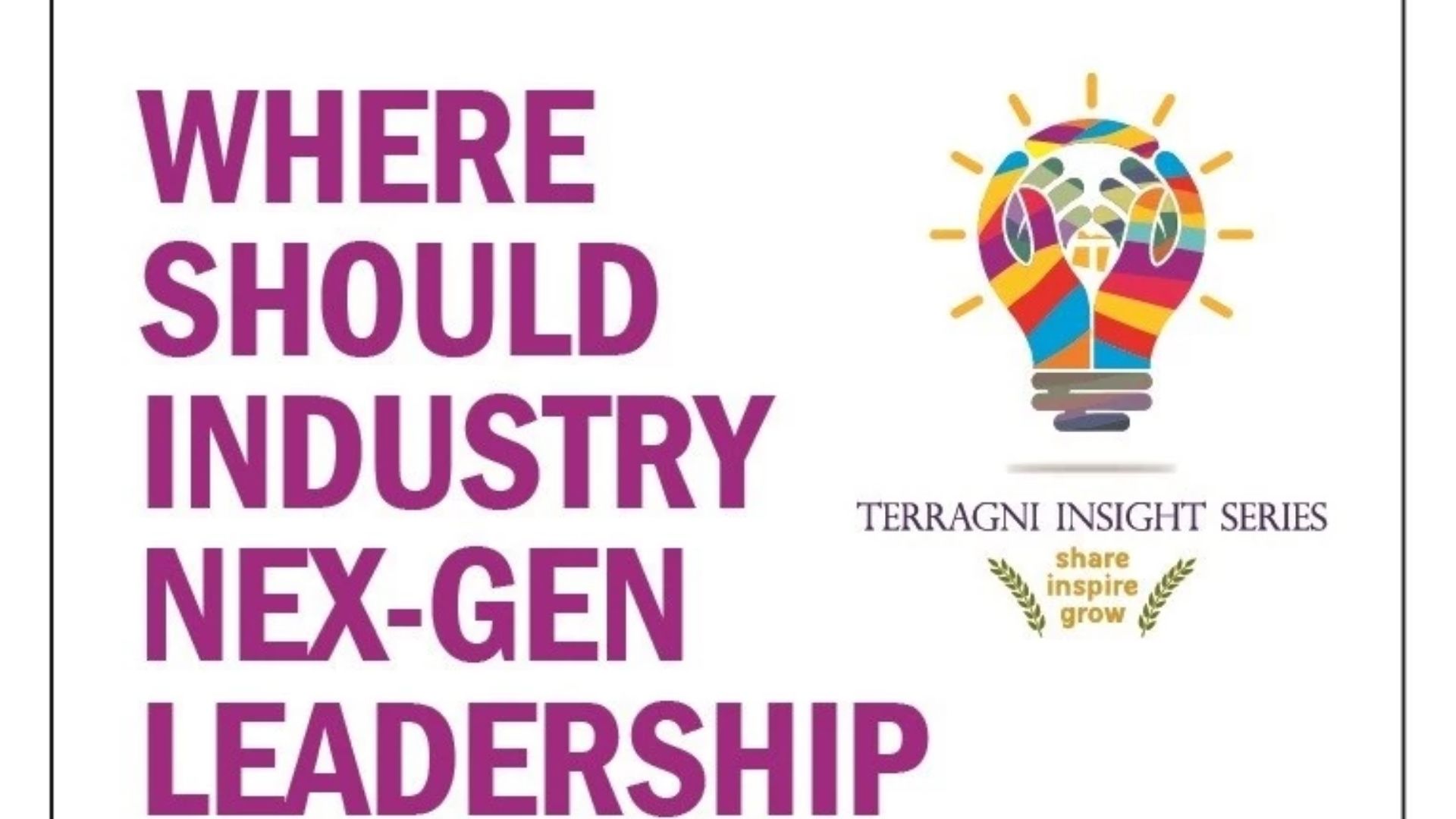How to lose the sale; Gender Bias
The social conditioning biases we carry make themselves apparent at the most interesting of times.
I was at a Croma – electronic goods retail outlet, observing their sales guys make a pitch to prospective customers. It was that section of the store where TVs of all hues, sizes and price points are sold and I noticed an extremely interesting pattern.
Each time a couple showed interest in a TV, the salesperson would come across and very politely start the pitch. Within 60 seconds of the pitch however, he would exclusively focus on the male of the couple completely ignoring the accompanying woman. The salesperson would shy away from making even eye contact whatsoever with the woman. It was as if she did not exist. This became a recurring theme.
And most interestingly, this behavior was not restricted to just the male salesperson, but applied in equal measure to even female salespersons!
This was fascinating behavior and its roots lie in the biases we carry.
The bias that most of us carry is that if you have to explain anything technical, it should be explained to the man. After all, it is the men who have the internal wiring to understand pixels, LCD vs LED, screen size, power wattage and the like. The second bias is that it is the man who will pay, so he is the key person to woo.
Both, of course, are myths. I know women who can out pixel-talk many a man and there are those who probably carry 3 zeroes more on their paychecks than their men!
But our biases are deep-rooted.
In normal life, this would be passed off as sexism and tut-tutted at.
But in a sales setting, this is a critical and fatal error.
The difference between a sale and a wasted opportunity.
It is important for any marketing/sales professionals to know who is the economic decision-maker – who is it that is making the fiscal/logical decision and
Who is the emotional decision-maker – who will arrive at a decision on the basis of factors beyond the mere economics of it all and who has a significant say on the decision process?
If you study how decisions are actually made, a highly complex bargaining process between these disparate decision-makers often determines the actual purchase. The economic decision-maker may have spent hours studying the appropriate technical pixels, power wattage, audio prowess, etc. but come crunch time, the purchase has to be something that works in the overall context of the family.
We are all guilty of focusing obsessively on any one type of decision-maker, mostly the economic one.
We are also guilty of allowing our biases to override our good sense. (For the more neuroscience inclined, our basal ganglia overrules our pre-frontal cortex!)
People will articulate their key criteria for a TV but end up buying something completely different, just because it “felt right” or “my spouse/daughter/son liked it”
Does it not make sense to figure out who are the economic decision-makers, who are the emotional decision makers and then custom design our pitch, the customer journey, and the touchpoint experiences to suit these differing rationales and therefore differing needs?










